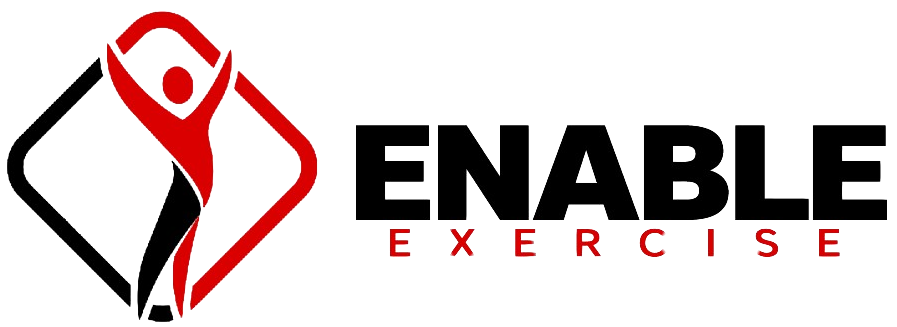If you are a wheelchair user you have probably wondered why your shoulders are always sore. Sometimes you may even get random pain and tightness around your shoulder area even though you haven’t changed your daily routines.
Unfortunately this is very common as more than ⅔ of wheelchair users have reported experiencing shoulder pain.
What Are The Causes?
For most wheelchair users their shoulders become the primary loader for transferring and ambulation throughout the community. Using a manual wheelchair puts significant demands on the upper extremities due to some of the following:
- Repetitive trauma and loading
- Muscle imbalances
- Poor seated posture (scoliosis, kyphosis) and shoulder function
- Incorrect technique used during wheelchair ambulation

These factors often lead to chronic overuse which can contribute to ongoing shoulder pain, risk of joint injuries and inflammation.
Seated Posture Abnormalities:

Source: https://hub.permobil.com/blog/common-postural-abnormalities-wheelchair-seating-positioning
How can this be treated and prevented?
Studies have summarised a combination of regular stretching of the anterior upper body and strengthening exercise for the posterior upper body to treat and manage shoulder pain. There has also been emphasis on early detection of impairments combined with early intervention can help manage shoulder pain and/or injuries thus improving daily function. It has been recommended that a home exercise program needs to be completed a minimum of 3days a week for it to have a significant impact on improving shoulder health.
Stretching Benefits:
- Reduces muscle tightness and soreness
- Maintains good shoulder range of motion and mobility
- Assists with correcting postural issues associated with sitting for prolonged hours (scoliosis, thoracic kyphosis, forward head).
Strengthening Benefits:
- Increases muscular endurance and reduces the onset of fatigue
- By strengthening the supporting muscles around the shoulder this gives it greater support to decrease risk of shoulder injuries.
- Help joint stabilization, power production for transfers and wheelchair propulsion.
Click on the link below to access a few examples of shoulder mobility stretches.

https://physiapp.page.link/z49GhG7S8KfYJXWRA
Code: btvdqcpo
Year of Birth: 1990
If you need help with exercises that can help prevent shoulder injuries, feel free to contact us on (02) 7901 5876 or enquiry@enableexercise.com.au
References:
- Cratsenberg, K. A., Deitrick, C. E., Harrington, T. K., Kopecky, N. R., Matthews, B. D., Ott, L. M., & Coeytaux, R. (2015). Effectiveness of Exercise Programs for Management of Shoulder Pain in Manual Wheelchair Users With Spinal Cord Injury. Journal of Neurologic Physical Therapy, 39(4), 197–203. https://doi.org/10.1097/NPT.0000000000000103
- Dysterheft, J., Rice, I., Learmonth, Y., Kinnett-Hopkins, D., & Motl, R. (2017). Effects of Daily Physical Activity Level on Manual Wheelchair Propulsion Technique in Full-Time Manual Wheelchair Users During Steady-State Treadmill Propulsion. Archives of Physical Medicine and Rehabilitation, 98(7),1374-1381.doi:https://doi.org/10.1016/j.apmr.2017.01.007
- Finley, M., Ebaugh, D., & Trojian, T. (2018). Agreement of Musculoskeletal Ultrasound and Clinical Assessment of Shoulder Impairment in Manual Wheelchair Users With Various Duration of Spinal Cord Injury. Archives of Physical Medicine and Rehabilitation, 99(4), 615-622. doi:https://doi.org/10.1016/j.apmr.2017.12.015
- Van Straaten, M. G., Cloud, B. A., Morrow, M. M., Ludewig, P. M., & Zhao, K. D. (2014).
Effectiveness of Home Exercise on Pain, Function, and Strength of Manual Wheelchair Users With Spinal Cord Injury: A High-Dose Shoulder Program With Telerehabilitation. Archives of Physical Medicine and Rehabilitation, 95(10), 1810-1817.e1812. doi:https://doi.org/10.1016/j.apmr.2014.05.004




